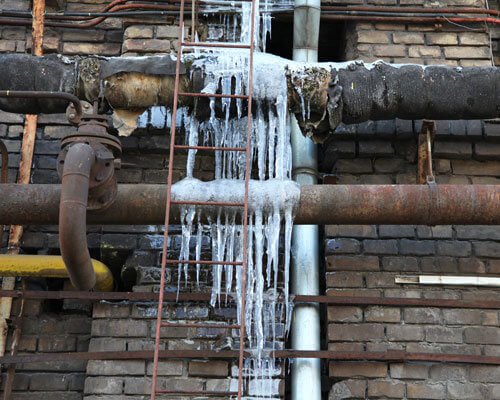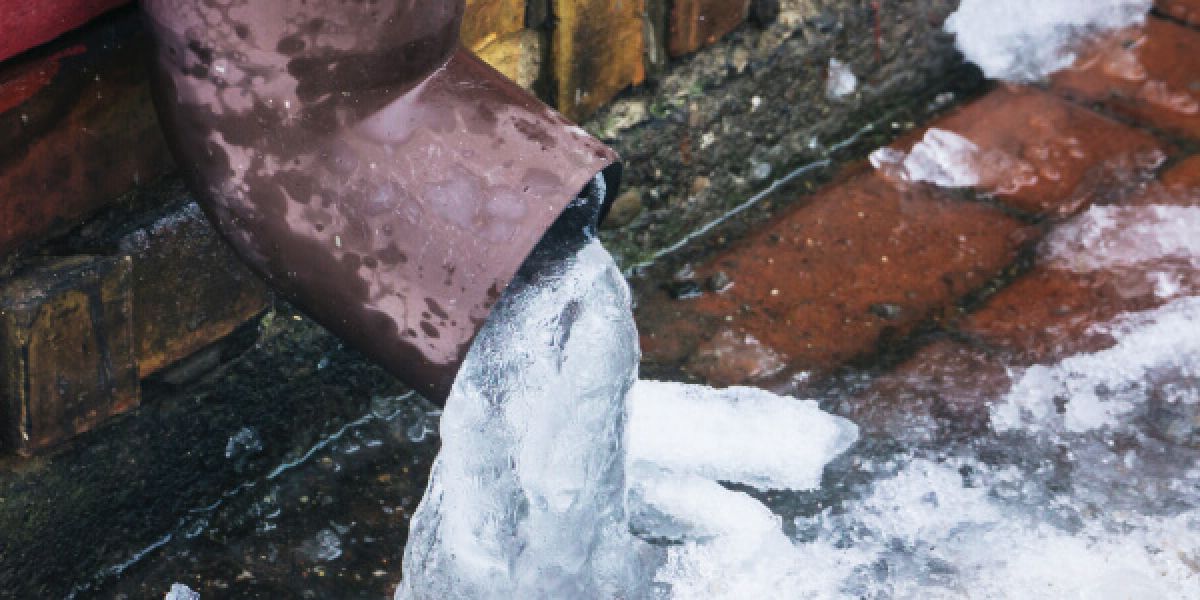Do you find yourself trying to locate critical information about 6 Ways to Prevent Frozen Pipes?

Winter can damage your pipes, especially by freezing pipes. Here's how to prevent it from happening and what to do if it does.
Introduction
As temperatures decrease, the threat of icy pipes boosts, possibly causing costly fixings and water damage. Recognizing how to avoid icy pipes is critical for home owners in chilly climates.
Prevention Tips
Insulating vulnerable pipelines
Cover pipes in insulation sleeves or make use of warm tape to shield them from freezing temperatures. Focus on pipes in unheated or outside areas of the home.
Heating techniques
Maintain indoor areas properly heated up, especially locations with plumbing. Open cupboard doors to enable cozy air to distribute around pipelines under sinks.
Exactly how to determine frozen pipelines
Seek lowered water circulation from faucets, uncommon odors or noises from pipelines, and noticeable frost on exposed pipelines.
Long-Term Solutions
Structural changes
Consider rerouting pipelines far from outside walls or unheated locations. Include extra insulation to attic rooms, basements, and crawl spaces.
Upgrading insulation
Invest in high-grade insulation for pipelines, attic rooms, and walls. Proper insulation assists preserve regular temperature levels and reduces the threat of icy pipes.
Protecting Exterior Plumbing
Garden hose pipes and exterior taps
Disconnect and drain pipes garden hoses before winter months. Install frost-proof faucets or cover outdoor faucets with shielded caps.
Understanding Frozen Pipes
What creates pipelines to freeze?
Pipelines ice up when exposed to temperatures below 32 ° F (0 ° C) for expanded durations. As water inside the pipelines freezes, it increases, taxing the pipeline wall surfaces and potentially creating them to break.
Threats and problems
Frozen pipes can result in water system interruptions, property damages, and costly repair services. Burst pipelines can flood homes and trigger comprehensive structural damage.
Indications of Frozen Pipeline
Recognizing frozen pipelines early can stop them from breaking.
What to Do If Your Pipelines Freeze
Immediate activities to take
If you presume icy pipelines, keep taps open to eliminate stress as the ice melts. Utilize a hairdryer or towels soaked in hot water to thaw pipelines gradually.
Conclusion
Protecting against icy pipes needs aggressive steps and fast responses. By comprehending the reasons, indicators, and preventive measures, house owners can protect their pipes during winter.
5 Ways to Prevent Frozen Pipes
Drain Outdoor Faucets and Disconnect Hoses
First, close the shut-off valve that controls the flow of water in the pipe to your outdoor faucet. Then, head outside to disconnect and drain your hose and open the outdoor faucet to allow the water to completely drain out of the line. Turn off the faucet when done. Finally, head back to the shut-off valve and drain the remaining water inside the pipe into a bucket or container. Additionally, if you have a home irrigation system, you should consider hiring an expert to clear the system of water each year.
Insulate Pipes
One of the best and most cost-effective methods for preventing frozen water pipes is to wrap your pipes with insulation. This is especially important for areas in your home that aren’t exposed to heat, such as an attic. We suggest using foam sleeves, which can typically be found at your local hardware store.
Keep Heat Running at 65
Your pipes are located inside your walls, and the temperature there is much colder than the rest of the house. To prevent your pipes from freezing, The Insurance Information Institute suggests that you keep your home heated to at least 65 degrees, even when traveling. You may want to invest in smart devices that can keep an eye on the temperature in your home while you’re away.
Leave Water Dripping
Moving water — even a small trickle — can prevent ice from forming inside your pipes. When freezing temps are imminent, start a drip of water from all faucets that serve exposed pipes. Leaving a few faucets running will also help relieve pressure inside the pipes and help prevent a rupture if the water inside freezes.
Open Cupboard Doors
Warm your kitchen and bathroom pipes by opening cupboards and vanities. You should also leave your interior doors ajar to help warm air circulate evenly throughout your home.

I recently found that post on Preventing and dealing with frozen pipes when browsing on the search engines. Are you aware of someone else who is looking into the topic? Take a moment to promote it. Thanks so much for taking the time to read it.
Call Today